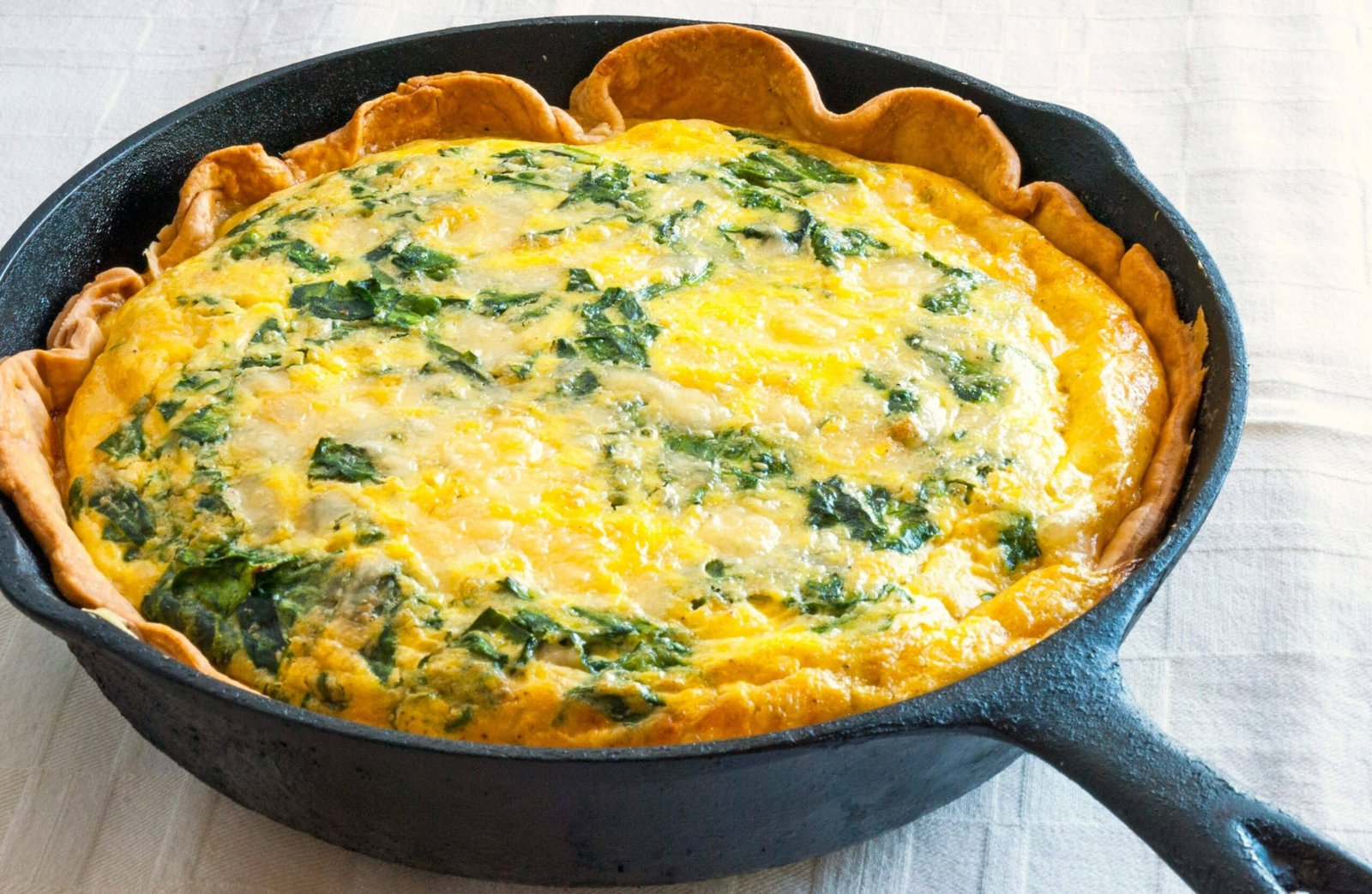If you just bought your first cast iron skillet, you might be wondering: how do I season it so it cooks perfectly and lasts for years? The truth is, cast iron doesn’t come ready to use straight out of the box—it needs a protective coating that keeps it from rusting and gives it that famous non-stick finish.
Seasoning your skillet isn’t complicated, but the first time matters most. Done right, it sets the foundation for a pan that only gets better with every meal. In this guide, you’ll learn the exact step-by-step process for seasoning cast iron for the first time—so you can go from raw iron to a smooth, shiny surface that’s ready for cooking.
Why Seasoning Matters
- Prevents rust: The protective layer shields the iron from moisture.
- Creates a natural non-stick surface: Perfect for frying eggs or searing steak.
- Improves with use: Each round of cooking builds stronger seasoning.
Starting with the right foundation ensures your skillet lasts for generations.
Step 1: Clean Your Skillet
Before seasoning, make sure the skillet is clean and dry. If it’s brand new, wash with warm water and mild soap (this is one of the rare times soap is okay). Dry thoroughly with a towel or by heating it briefly on the stove to remove all moisture.
Step 2: Apply Oil Evenly
Choose a neutral, high-smoke-point oil such as vegetable oil, grapeseed oil, or melted shortening. Avoid butter or olive oil—they burn too quickly.
- Pour a small amount of oil onto the pan.
- Use a paper towel or cloth to spread a thin, even layer over the inside, outside, and handle.
- Wipe away all excess oil—a glossy surface, not a greasy one, is what you want.
Pro tip: Less is more. Too much oil leads to sticky spots instead of a smooth finish.
Step 3: Bake the Skillet
Now it’s time to “lock in” the seasoning.
- Preheat your oven to 375°F (190°C).
- Place a sheet of aluminum foil on the lower rack to catch any drips.
- Position the skillet upside down on the middle rack.
- Bake for 1 hour.
- Turn off the oven and let the skillet cool completely inside before removing.
This heat process transforms the oil into a hard, protective layer through a reaction called polymerization.
Step 4: Repeat for Best Results
One layer of seasoning is a great start, but repeating the process 2–3 times will give you a stronger, more durable surface. Over time, regular cooking with oils and fats will continue to build layers naturally.
Signs of Proper Seasoning
- A smooth, semi-glossy black finish
- No sticky or blotchy patches
- Water beads up on the surface instead of soaking in
If your skillet ever looks dull, sticky, or rusty, simply repeat the seasoning process.
Final Takeaway
Seasoning a cast iron skillet for the first time is simple but essential. Clean, oil, bake, and cool—that’s the formula for creating a durable, non-stick surface that only gets better with use. With proper care, your skillet will become a kitchen workhorse for decades to come.
FAQs About Seasoning Cast Iron
How do you season cast iron for the first time?
Coat the skillet in a thin layer of oil, bake it upside down at 375°F for one hour, and let it cool in the oven.
Which oils work best?
Vegetable, grapeseed, and flaxseed oils are popular choices due to their high smoke points.
Can you season without an oven?
Yes—heat the oiled pan on the stovetop over medium-high heat until it stops smoking. Repeat 3–4 times for best results.
How often should I season cast iron?
After the first seasoning, re-season when the surface looks dull, rusty, or sticky. Otherwise, frequent cooking with oil will maintain the finish.

